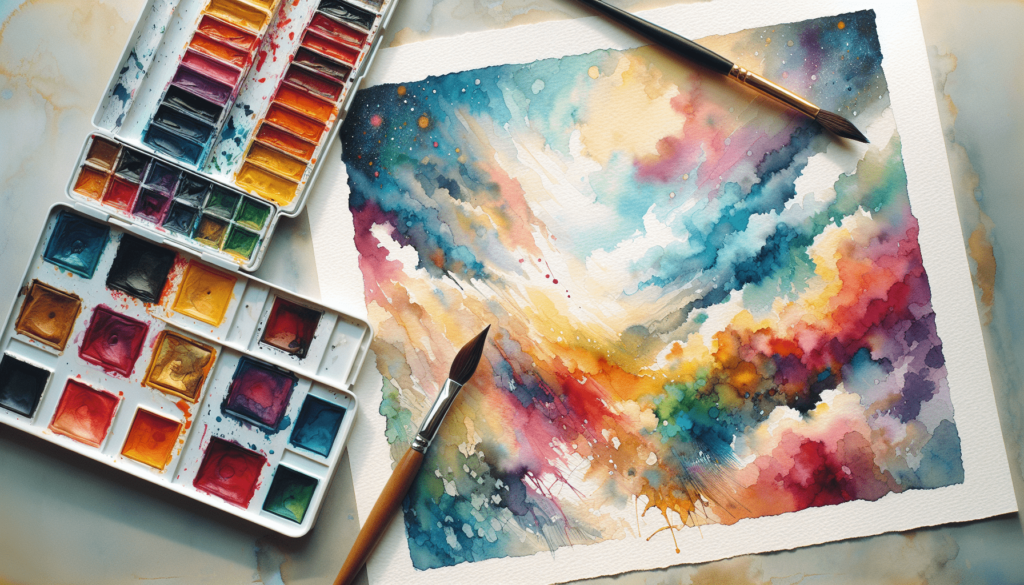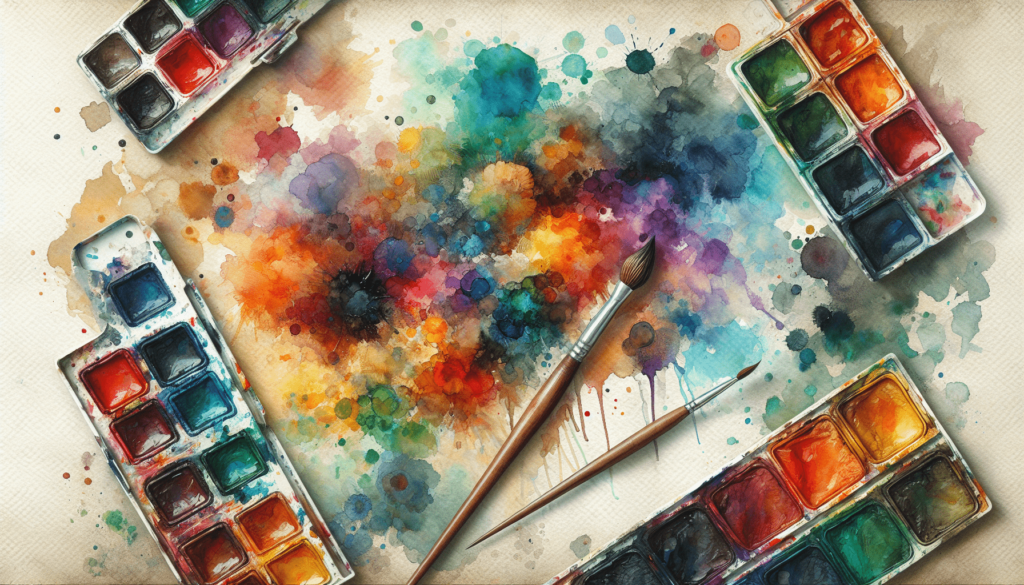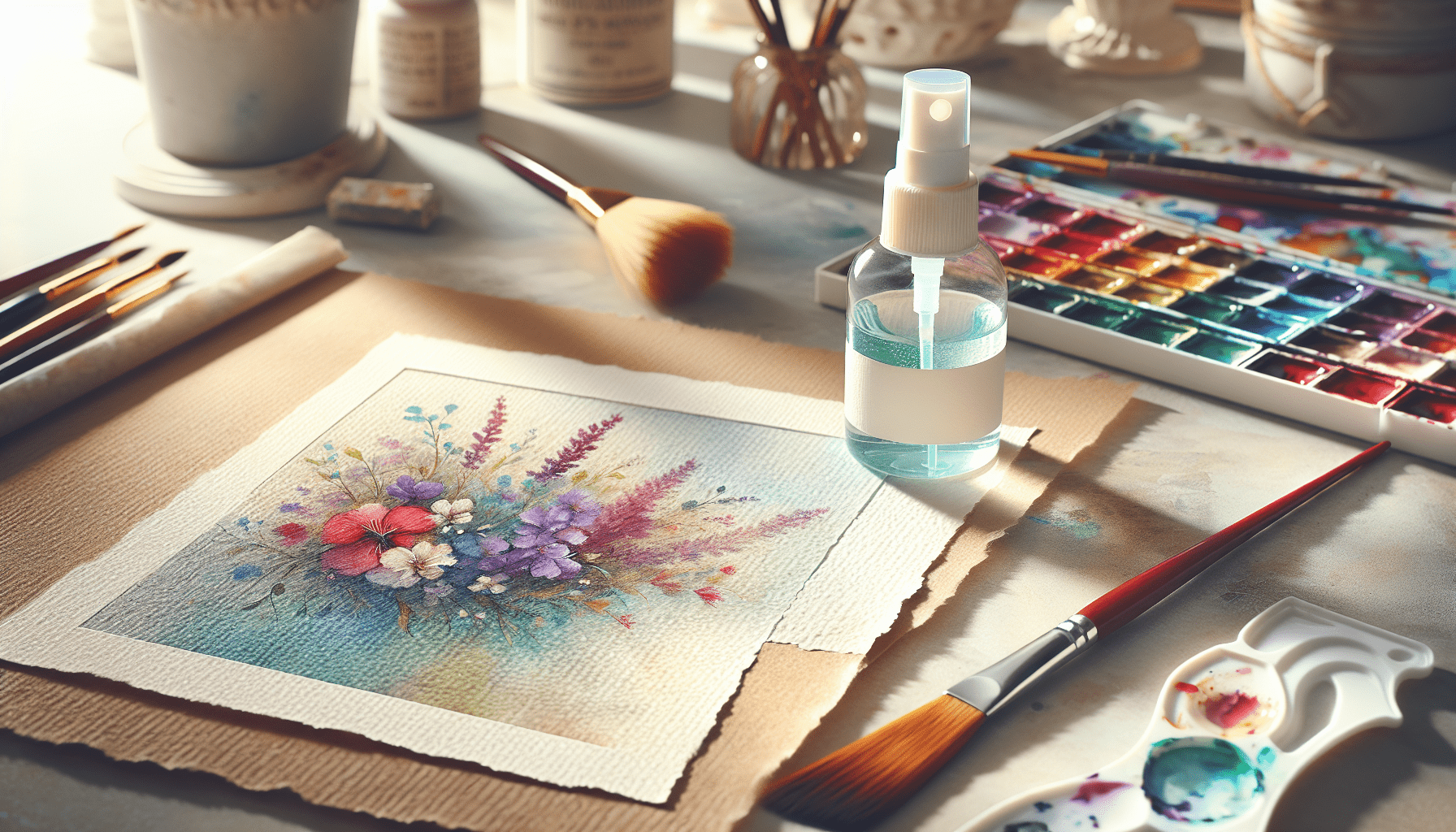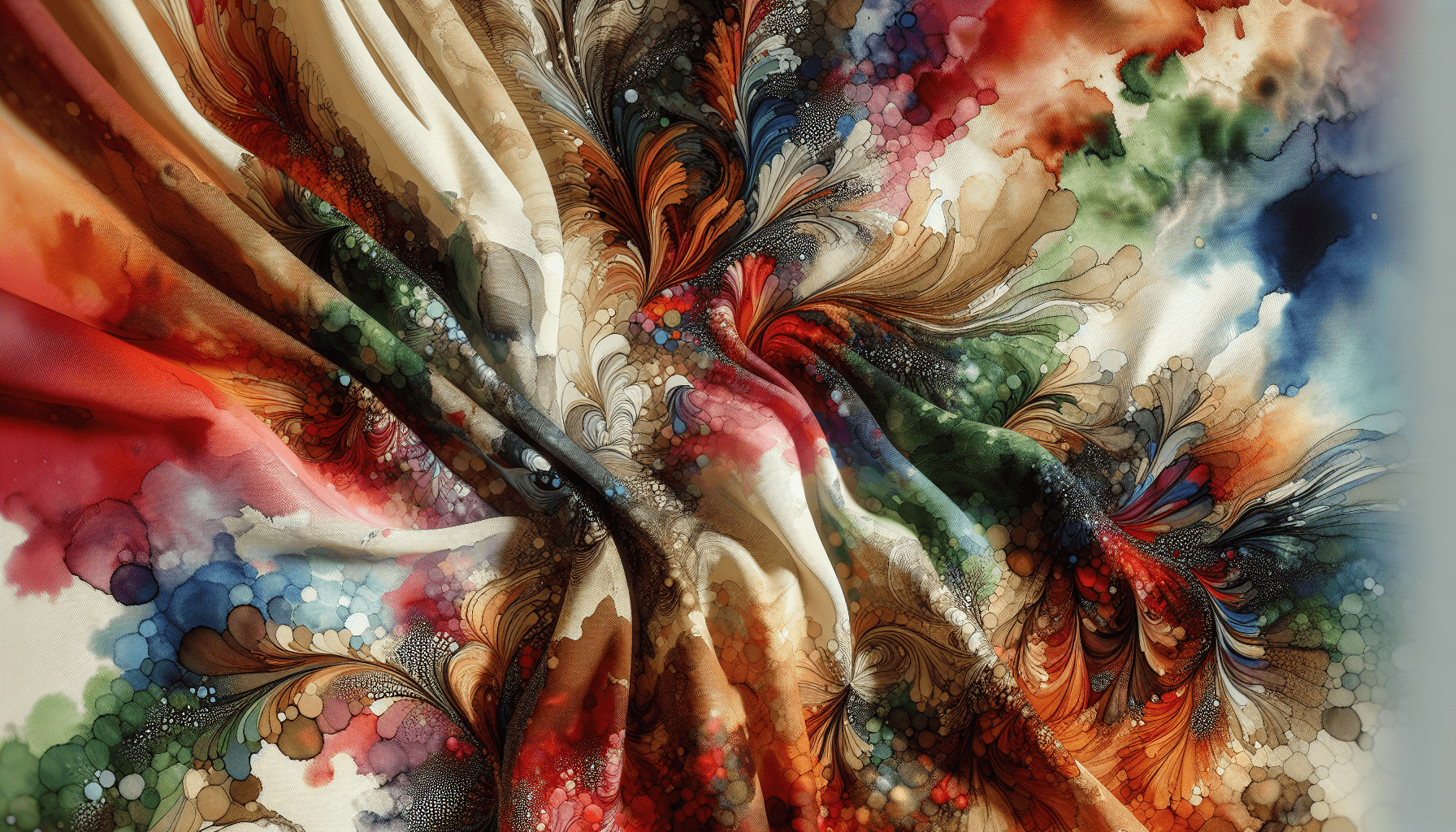Selecting the optimal paper for watercolor painting significantly influences the outcome of your artwork. This article delves into the essential characteristics of watercolor paper, including texture, weight, and absorption capabilities, guiding you through the varieties available—such as hot-pressed, cold-pressed, and rough paper. By understanding the nuances of each type, you will be better equipped to choose the best paper that complements your artistic style and enhances your watercolor painting experience. Have you ever wondered what type of paper you should use for watercolor painting? Seasoned artists and beginners alike often struggle with this crucial decision. The type of paper you choose can significantly affect the quality of your work, influencing everything from texture to color vibrancy. Let’s dive into the nuances to help you find the best paper for your watercolor masterpieces.
Understanding Watercolor Paper
What Makes Watercolor Paper Unique?
Watercolor paper is specially designed to handle the unique properties of watercolor paints, which are water-based and more demanding than other mediums. Unlike standard paper, watercolor paper has a specific texture and absorbency that allows the pigments to interact beautifully with water.
Common Characteristics of Watercolor Paper
- Material: Made from cotton or wood pulp; cotton is generally superior.
- Texture: Available in hot-pressed (smooth), cold-pressed (medium texture), and rough.
- Weight: Usually measured in pounds (lb) or grams per square meter (gsm). Heavier papers absorb more water.
- Size: Available in various sizes, from small blocks to large sheets.
Why Paper Weight Matters
The weight of watercolor paper determines how much water it can handle before warping or buckling. Here’s a quick guide:
| Weight (lb) | Weight (gsm) | Description |
|---|---|---|
| 90 lb | 190 gsm | Lightweight, often used for practice |
| 140 lb | 300 gsm | Standard weight, versatile |
| 200 lb | 425 gsm | Heavyweight, minimal stretching |
| 300 lb | 640 gsm | Extra heavyweight, best for professional work |
Types of Watercolor Paper
Hot-Pressed Paper
Hot-pressed paper has a smooth surface, making it ideal for precise, detailed work. It’s often the go-to for botanical illustrations and when you want to highlight fine lines. However, its smoothness may not effectively showcase loose, fluid washes.
Cold-Pressed Paper
Cold-pressed paper, also known as NOT (not hot-pressed), has a medium texture and is versatile for various techniques. It’s the most popular choice among watercolorists due to its balance between texture and smoothness, making it suitable for both detailed and loose painting styles.
Rough Paper
Rough paper has a highly textured surface, providing a dramatic effect that showcases the watercolor’s granulation. This type is excellent for creating bold, expressive paintings with lots of texture and visual interest.

Best Brands of Watercolor Paper
Arches
Arches is a renowned brand offering high-quality watercolor paper made from 100% cotton. The paper is consistent in quality and comes in various textures and weights. It’s a favorite among professionals.
Pros:
- Excellent absorbency
- Durable and resilient
- Available in various textures and weights
Cons:
- Expensive
Fabriano
Fabriano watercolor paper also offers a high-quality option, particularly known for its affordability compared to other premium brands. It is available in both cotton and cellulose fibers.
Pros:
- Good quality for the price
- Available in different textures and weights
- Reliable performance
Cons:
- Not as resilient as Arches
Canson
Canson excels in versatility and affordability. While it might not be the choice for professional-grade work, it’s excellent for practice and beginner-level painting.
Pros:
- Affordable
- Readily available
- Suitable for beginners
Cons:
- Lower absorbency
- Less durable than premium brands
Saunders Waterford
Known for its excellent quality, Saunders Waterford paper is another favorite among serious artists. Made from 100% cotton, it offers durability and exceptional performance under a variety of techniques.
Pros:
- High-quality cotton paper
- Great texture for washes and details
- Available in various weights and textures
Cons:
- Higher price point
Choosing the Right Texture
When to Use Hot-Pressed Paper
Hot-pressed paper is best suited for detailed work and when using layering techniques. Because the surface is smooth, it allows for sharp lines and crisp details, an essential trait for botanical illustrations, architectural renderings, and other forms of fine art.
When to Use Cold-Pressed Paper
Cold-pressed paper is versatile and can handle a wide array of painting techniques. Its balanced texture makes it suitable for both portraits and landscapes. If you’re experimenting or working on varied projects, cold-pressed paper offers the flexibility you need.
When to Use Rough Paper
Rough paper excels in creating textured, expressive works. It’s perfect for large, bold paintings where the texture of the paper adds to the overall effect. Artists working in abstract styles or who favor loose, expressive techniques will find rough paper particularly satisfying.

Paper Sizes and Formats
Pads and Blocks
Watercolor pads and blocks are convenient for travel and plein air painting. Blocks consist of gummed edges to help keep the paper flat while painting, which is advantageous if you use a lot of water.
Sheets
Single sheets allow you to customize the size of your canvas but require stretching or taping to avoid warping. They’re ideal for studio work where you have more control over the environment.
Rolls
For large-scale projects, watercolor paper rolls offer the flexibility to create without size limitations. However, working with rolls demands a well-prepped workspace to handle the curling paper.
The Importance of Cotton Content
100% Cotton Paper
Paper made from 100% cotton fibers is highly durable and offers superior performance. It holds up well to various watercolor techniques, including multiple washes and heavy applications of water.
Cellulose Paper
Cellulose or wood pulp paper is more affordable but less durable. It’s suitable for practice pieces and studies but may not withstand rigorous painting techniques.
Understanding Paper Surfaces
Internal Sizing
Internal sizing refers to how absorbent the paper is. Sizing affects how water and pigments interact with the paper, making it crucial for achieving desired effects.
Surface Sizing
Surface sizing affects how the top layer of paper interacts with the paint. It can prevent the paint from soaking in too quickly, allowing you more time to manipulate the colors.
Tips for Testing Watercolor Paper
Before you commit to purchasing a large quantity of watercolor paper, it’s wise to test different types and brands to find out what works best for your painting style. Here are some tips:
- Buy Sample Packs: Many manufacturers offer sample packs of their watercolor paper, allowing you to try a variety before investing in larger quantities.
- Test Absorbency: Conduct water and pigment tests to see how the paper handles various washes and techniques.
- Evaluate Texture: Assess whether the texture complements your painting style and desired outcomes.
Paper Preparation and Care
Stretching Watercolor Paper
Stretching your watercolor paper prevents it from warping when wet. To stretch, soak the paper, tape it to a board, and let it dry completely. This process ensures a flat painting surface.
Storing Watercolor Paper
Store your watercolor paper flat in a dry, cool environment to prevent it from warping and deteriorating. Consider using a portfolio case or drawer designed specifically for storing large sheets.
Sustainability Considerations
Eco-Friendly Options
In today’s conscientious market, eco-friendly watercolor paper options are becoming more frequent. These papers are typically made from sustainable sources and adhere to responsible manufacturing processes.
Recycled Paper
Some manufacturers offer watercolor paper made from recycled materials. While these options might not provide the same quality as traditional 100% cotton paper, they are excellent for practice and environmentally friendly.
Conclusion
Choosing the best paper for watercolor painting is a nuanced decision that hinges on your specific needs, painting style, and budget. Whether you’re a professional artist or a beginner, understanding the characteristics of different types of watercolor paper will enhance your painting experience and ensure your artwork stands the test of time. A little experimentation and familiarity with your options can lead you to the perfect paper for your creative endeavors and elevate your artistry to new heights.



